What is Mould?
Mould is a type of fungus that grows in warm, damp, and humid places. It spreads through tiny spores in the air, which land on wet surfaces and start to grow. You might find mould on walls, ceilings, wood, fabric, or even food. Some types are harmless, but others can damage your home and cause health issues. In nature, mould helps decompose dead plants and animals, but indoors, it can lower air quality and ruin surfaces. Finding and removing mould early is important to prevent it from spreading and to avoid potential health risks.

Understand Mould and its types:
Mould comes in various colours. Some of the most common are black, dark green, pink, orange, yellow, brown and white moulds.
- Black Mold (Stachybotrys chartarum): Often found in bathrooms and wet areas, but it can also grow on cold exterior walls in bedrooms and living rooms.
- Alternaria: Grows in damp, dusty places, as well as in soil and on plants.
- Aspergillus: Commonly found in the air, soil, and building materials like drywall.
- Cladosporium: Usually appears in bathrooms, under sinks, and around faucets, but it can also grow on carpets, furniture, walls, and floors.
- Penicillium: Often found on fabrics, old mattresses, couch cushions, carpets, plywood, and inside wall insulation.
What causes Mould?
Mould grows easily in warm, damp, and humid places, especially when there’s little airflow and not much light. If a room stays moist for too long, mould can spread quickly—often in hidden spots. By the time you find it, the problem might be worse than it seems.
Common Causes of Mold Growth:
- Poor ventilation in bathrooms and kitchens
- Water moisture collecting on windows
- Damp, dark areas like basements and crawl spaces
- Water leakages
- Spills or wet spots that aren’t cleaned up
- Leaving food out too long
- Wet clothes sitting in the washer
- Untreated plumbing leakages
- Build up soap scum in showers
- Mould spores spreading through the air
To prevent mould, make sure your home gets fresh air, stays dry, and has good ventilation. Keeping moisture under control is the key to stopping mould before it becomes a big problem.
Don’t worry!! If you see mould at your homes, don’t wait—call a trusted mould removal expert to get it sorted for good. Call us now!!
What we Clean?
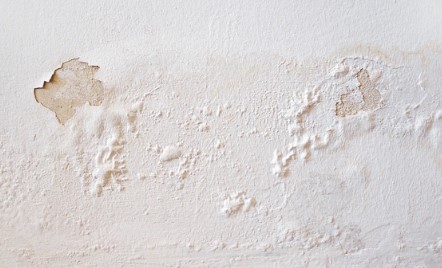
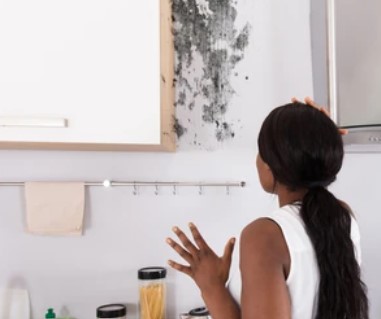
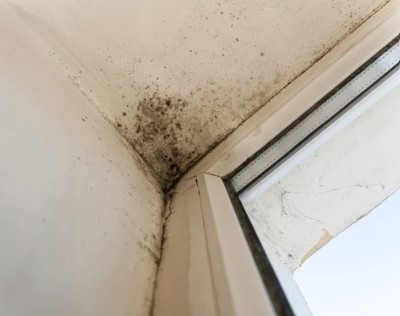
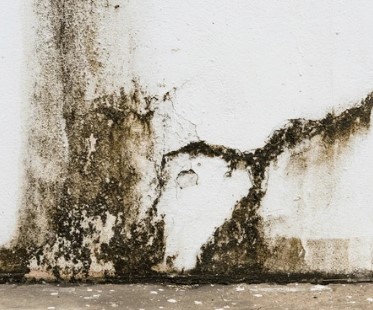
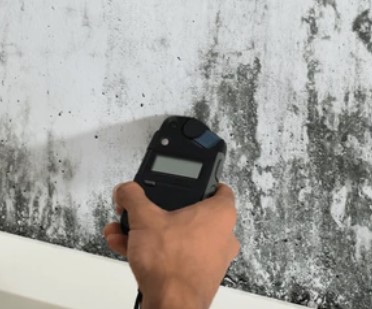


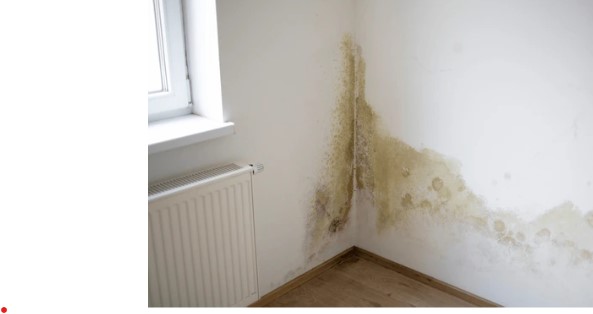
Why does mould grow?
If you plan to clean mould, be careful to prevent spores from spreading throughout your home. Mould usually sticks to walls, but it consists of tiny spores that can easily become airborne and settle in different areas if not handled properly. These spores are invisible to the naked eye, making them difficult to detect. Once they land on a suitable surface, they can grow into new mould colonies. Our cleaning business offers a range of mould removal services in your area to help keep your home safe and mould-free.
What should you do if you see mould in your home?
If you can already see mould in your home, your main focus should be getting rid of it rather than testing it. While some types of mould may be more harmful than others, the Centers for Disease Control and Prevention advises removing all mould immediately, regardless of the type. Whether it’s black, brown, green, or white, mould needs to go. Testing might be useful if you want to be sure there’s no toxic black mould present, but the priority should always be removal.

June Mark
Mom
What should you do if mould is affecting your health?
Removing mould is just the first step. Mould in your home can make you sick by releasing spores that irritate your airways, causing nasal congestion, coughing, wheezing, throat irritation, and chest tightness. If you experience these symptoms, clean the mould and see a doctor as soon as possible.
To check for mould, you can buy a mould test kit from a hardware or home improvement store. Look for signs like dark spots, discoloration, or damp areas. Some kits use tape or cotton swabs to collect samples, while others test the air from your HVAC system. The samples are sent to a lab to identify the mould type, but these tests aren’t always accurate and don’t measure mould levels.
Once you find mould, wear gloves, safety goggles (without ventilation holes), a face mask, and long-sleeved clothing before cleaning. Also, turn off fans and air conditioning to prevent spreading spores.
Comments are closed